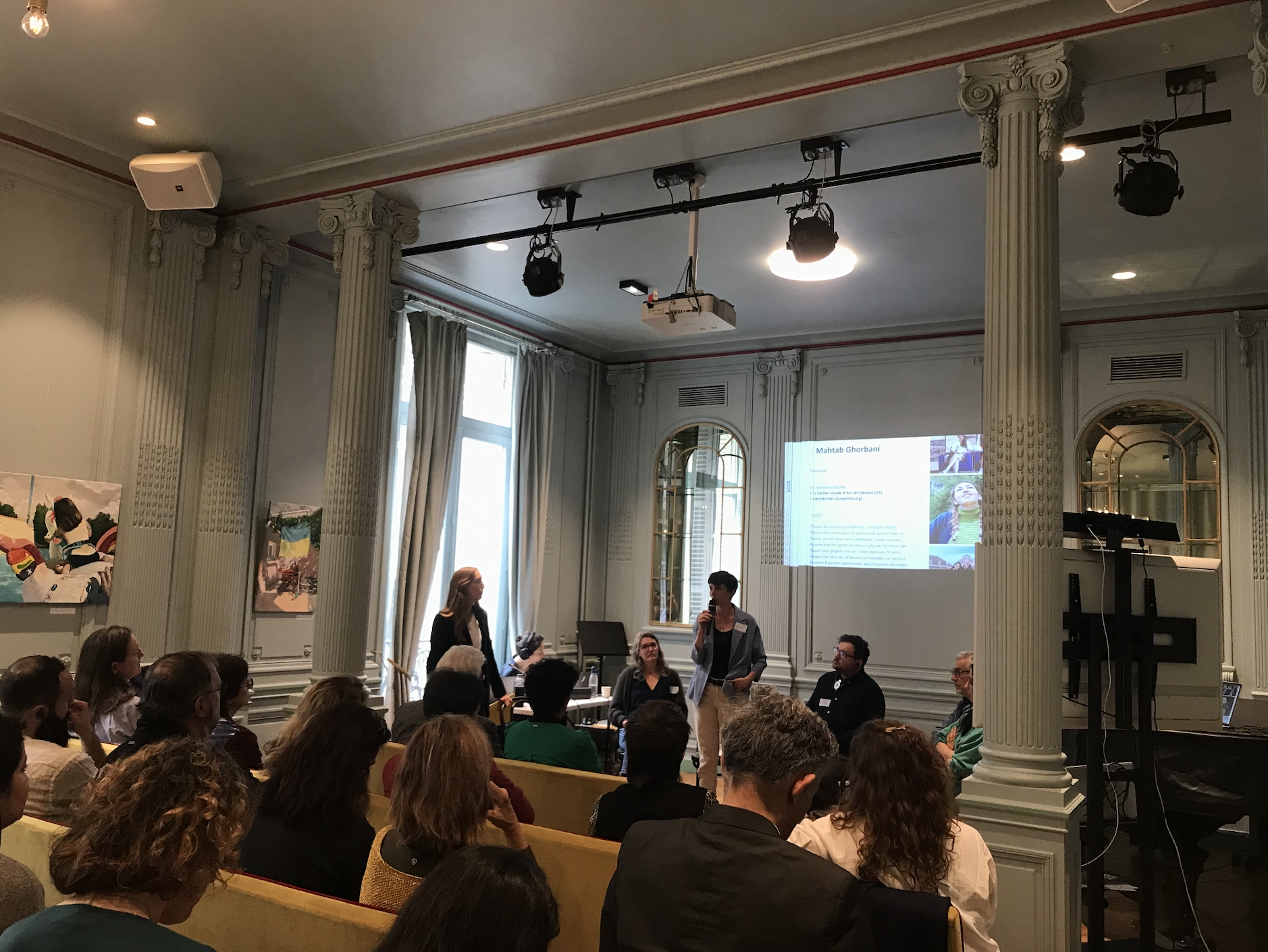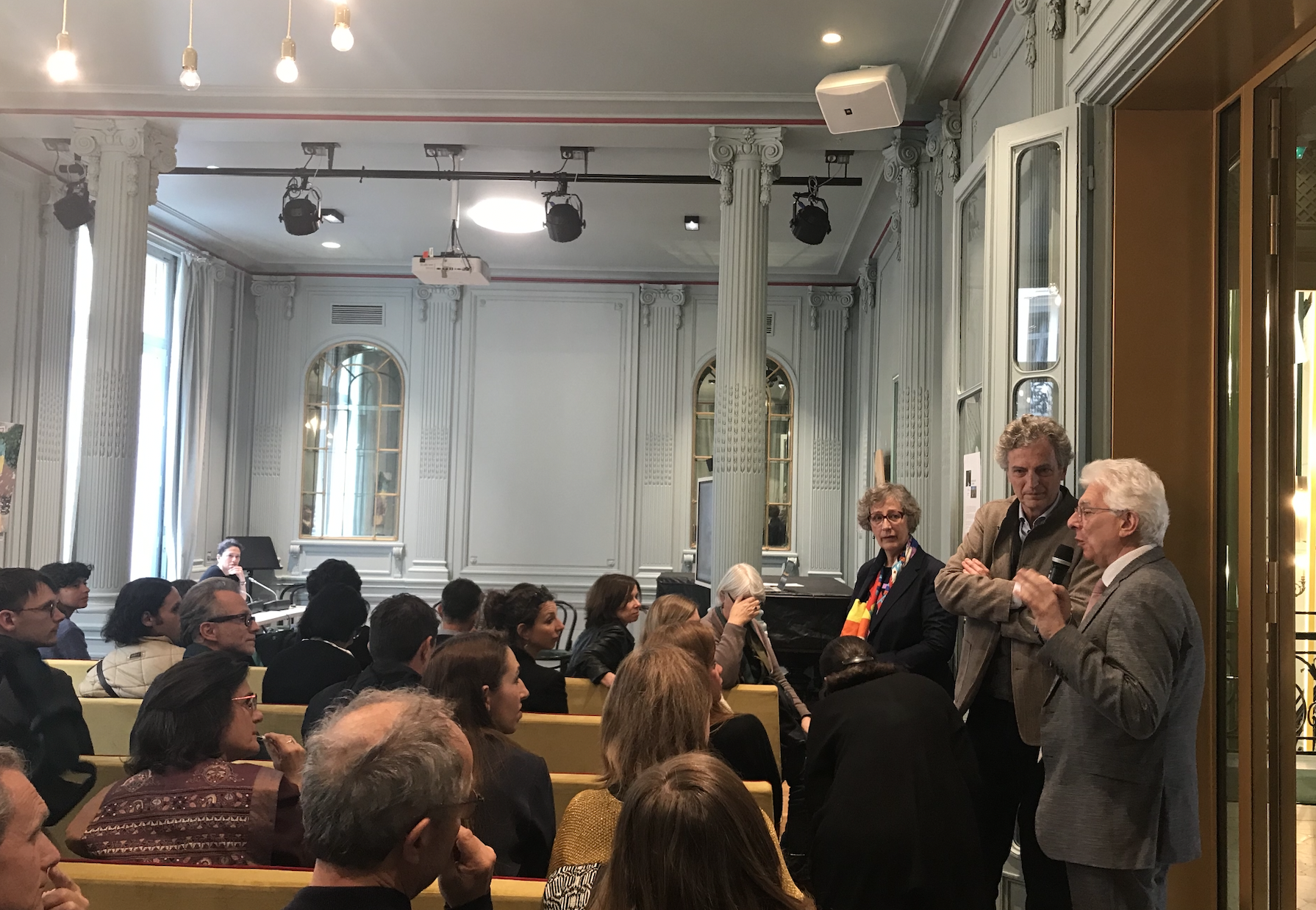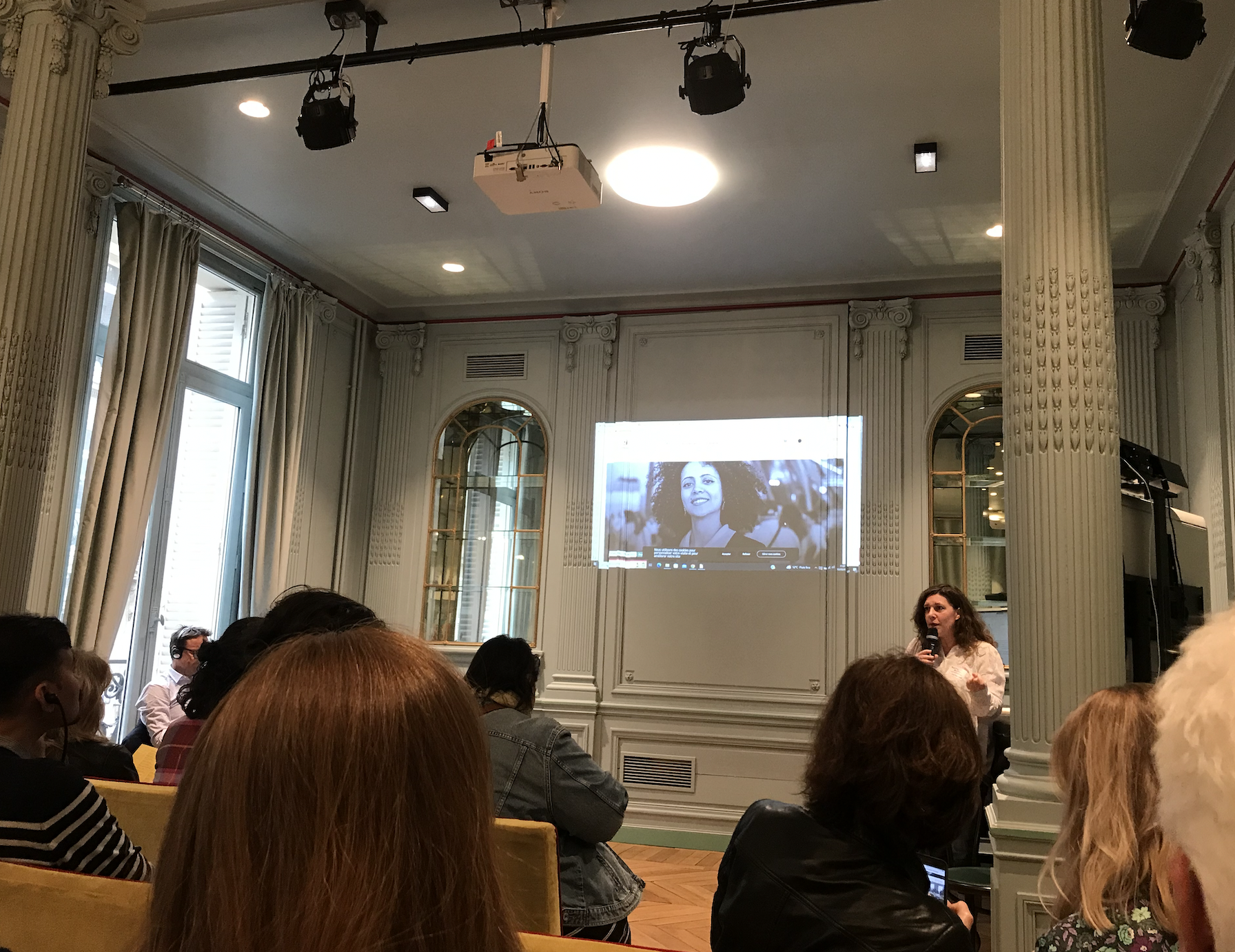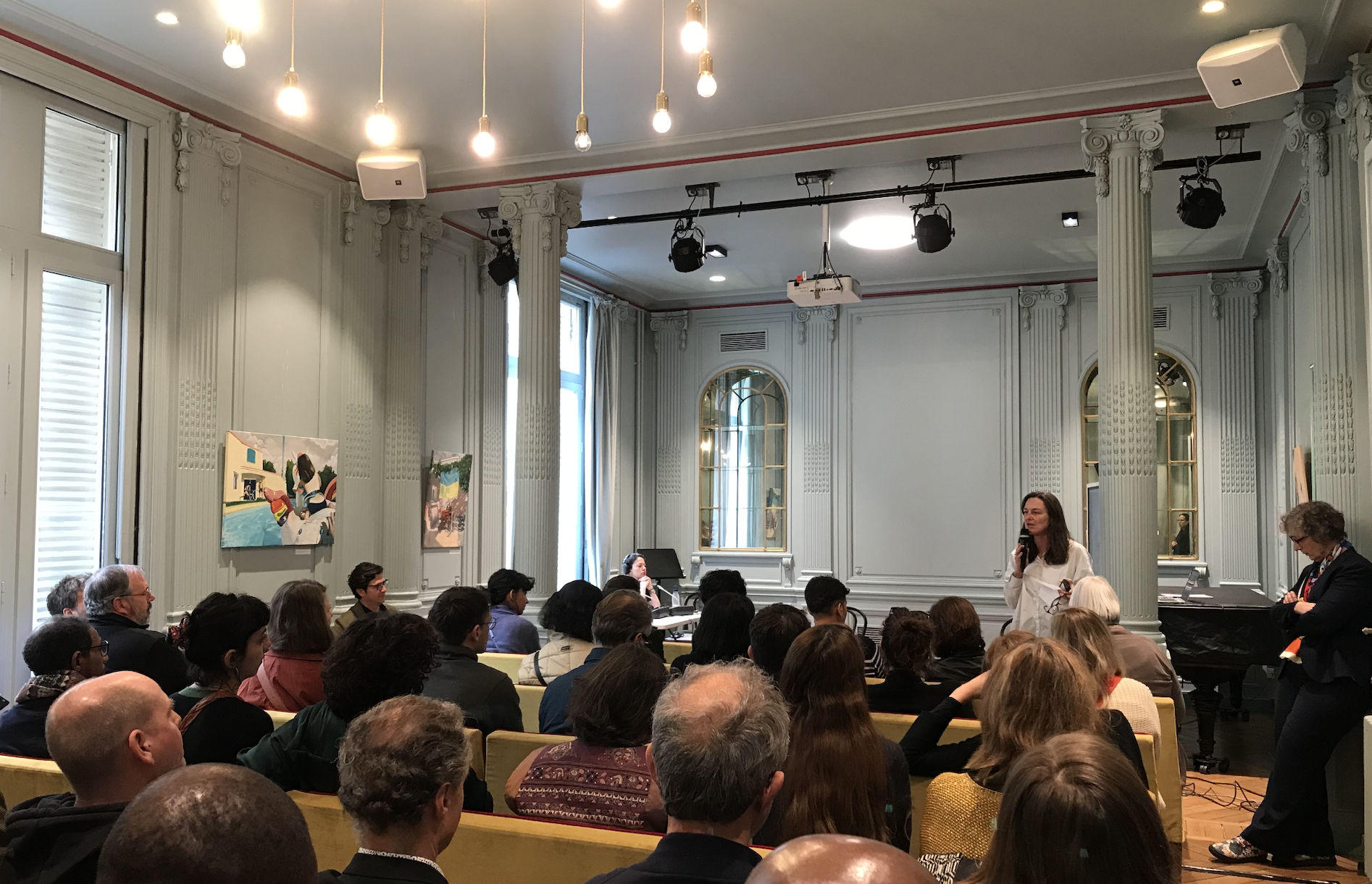On 11 and 12 May 2023, the ACCR and its partners came together to celebrate 20 years of the Odyssée residency programme. The meeting provided an opportunity to take stock of what has been achieved in recent years and to reflect together on new ways of enhancing the value of the residencies for the benefit of the artists and cultural professionals hosted, as well as for the ACCR audiences.
The CCRs are places of welcome and hospitality for artists, cultural professionals and researchers, whatever their sociological profile, origin or preferred discipline. Through the Odyssée, Nora and Nafas residency programmes, coordinated by the ACCR and supported by the Ministère de la Culture, the CCRs promote intercultural dialogue. The CCRs are committed to artistic and cultural expression free from all external pressures and constraints.
This shared value is part of what the RCCs have in common, even though they operate in different contexts, with different audiences depending on where they are based, and different residency projects depending on the sensibilities and projects of the sites.
As open spaces, the question of the link between the residents and the public is essential in the structure's projects. Although the residency is primarily a time for introspective work, if the artist agrees, meetings can be arranged in a variety of ways. These interactions can take place at different times during the residency, before, during and even after. These are all levers that can be mobilised to create exchanges with local residents and, more broadly, with the general public.
/Working together
Becoming a fully-fledged player in an artistic project means that audiences are no longer mere spectators, developing their sensibilities and heightening their interest in the performances on offer. Feeling involved leads to a new appreciation of the audience, who become a key link rather than an optional extra. Working together, bringing artists and audiences together in the same project, gives art and culture a social dimension.
Château de l'Esparrou wants to be a place that local people take ownership of, so it chooses its residents according to their desire to share with the public and their ability to propose participatory projects.
For example, in 2022 at the Château de Goutelas, Maria Luisa Usai, welcomed as part of the Odyssée residency programme, proposed a performative epistolary project. In the run-up to her arrival, she worked on the link with the public by circulating a call for applications to collect postal addresses from local residents: they were simply asked if they agreed to receive letters and answer them, without specifying that it was an artistic project. The result of this work is a performance in which the artist discovers the answers to his or her letters. Each performance is therefore different from the previous one, and does not stage a fiction but the intimate sharing of the people who have accepted this correspondence that questions writing. Participation is a sine qua non of the artistic performance.
/Creating informal spaces
One of the aims of the CCRs is to be accessible to all audiences, whether they are initiated or not. They are open spaces, literally and figuratively. So you need to be able to reach out to the most remote or even reluctant members of the public. Encouraging encounters requires a certain agility on the part of the RACs, which can involve off-site activities or new approaches to culture.
Off-site activities/
Le Plus Petit Cirque du Monde (PPCM) offers wild residencies at the foot of buildings in Bagneux, in the 92 department. Those present attend the performances free of charge. This method gets round the fear of going through the doors of a place where you don't think you know the codes.
The Ferme de Villefavard also offers these activities outside its walls, organising meetings and concerts in the café, media library, church and village parks. In this way, the residents get to meet the locals in places they visit regularly.
Revealing what goes on behind the scenes and encouraging participation/
In terms of a new cultural approach, there is a marked interest in going behind the scenes of events and creations. The public want to see the making off, which helps to demystify art and culture, to understand the extent of the work behind a final performance and also to create a special attachment on the part of the visitor, who feels privileged to have been able to witness the process in the making.
The rehearsals at Abbaye aux Dames are open to the public, offering a new approach to the music and changing the way the audience sees the concert. Workshops are also organised for amateur musicians so that they can rehearse and perform in the first part of the concert that evening.
The PPCM takes a similar approach, inviting local residents to come and see the artists at work. This back-and-forth with the audience allows a different appreciation of the artistic performance.
The Corderie Royale in Rochefort also used this approach, opening up the reconstruction of the Hermione to the public for the duration of the worksite. This site show enabled visitors to see a work of craftsmanship under construction, encouraging them to come several times to see how the work was progressing. Once the site was finished, workshops were set up to continue to exploit this maritime know-how, with sessions on how to tie sailor's knots, for example. Making people see and do things in a different way captures their attention and gives them a more active role.




